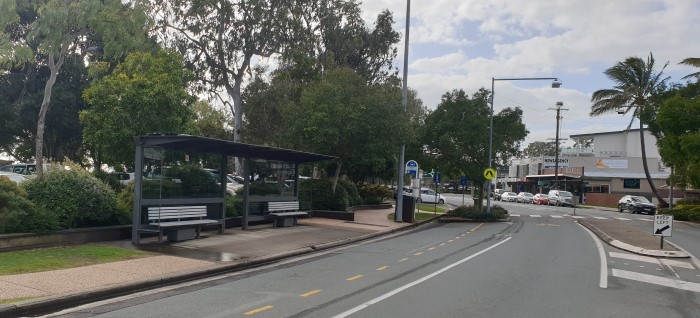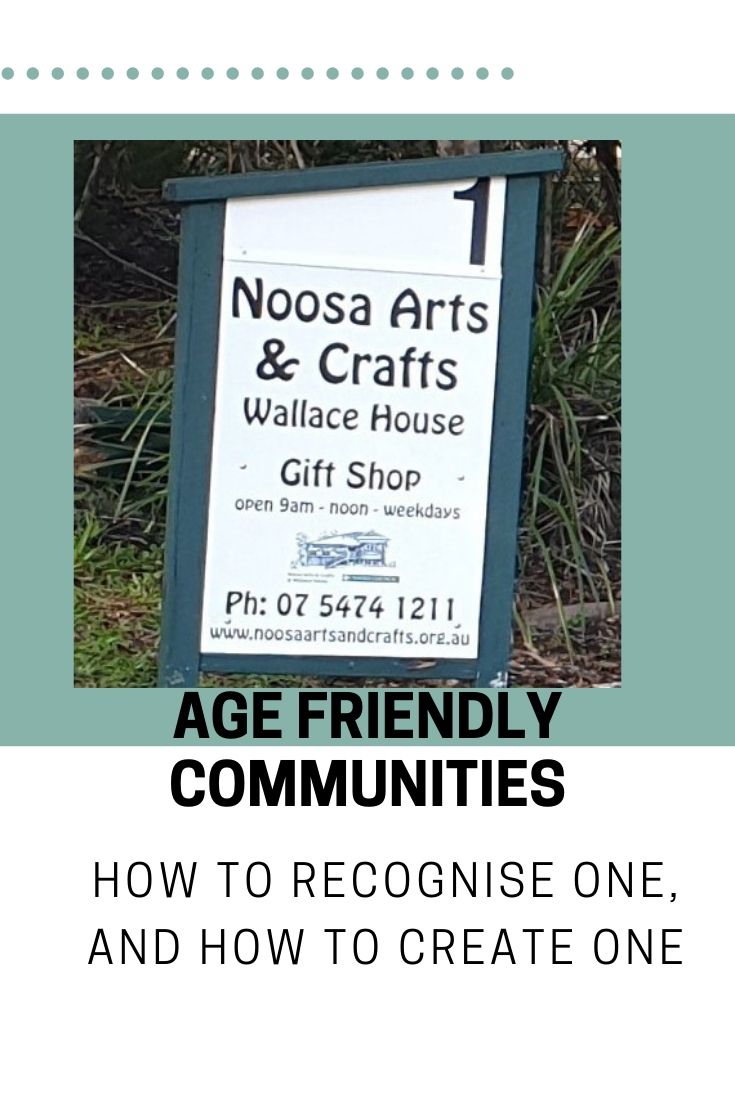You may have heard the term “age friendly communities” and asked yourself what is an “age friendly community” and perhaps also, do I care? As we at olderandwiser! rail a bit against ageing, do we care ’cause we’re “ageing”? The answer may be like the curates egg.
In this article, we’ll provide some background and some thoughts on Age Friendly Communities.
Why build Age Friendly Communities?
Let’s start with some facts from the United Nations:
“One million people worldwide turn 60 every month; 80% of these live in developing countries”, the number of older persons (60+) will have doubled since 2006 from 600 million to 1.2 billion by 2025, and again, to 2 billion by 2050.
That’s an exponential increase and enough to cause the whole of society to look closely at where we are and where we might be in the all-too-near future. Clearly, these figures include developing countries, but in this post we will focus on our more immediate 1st world surroundings.
That said, given we now know this, is it okay to ignore what will become the increasing plight of ageing in developing countries? The answer is “NO”! Our hope is that some of the principles we examine can, in principle, be applied to other communities.
What is an Age Friendly Community?
The Global Age-friendly Cities Guide proposes eight interconnected domains that can help to identify and address barriers to the well-being and participation of older people.
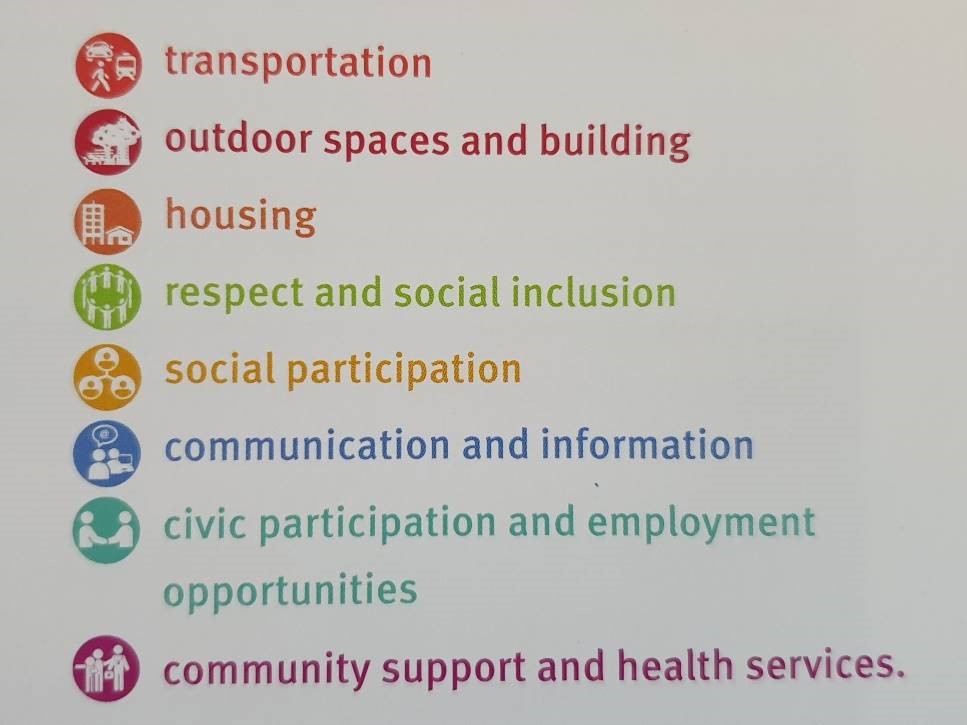
In a general sense it would be fair to say that an age friendly community also dovetails into several other groups that socially progressive thinkers are trying to incorporate into broad policy and operational frameworks for our communities.
For instance, younger people and the handicapped; a simple example of this is the accessibility of public transport. The age friendliness of a community should be far from just providing exclusive facilities for the aged; as prudent public expenditure would dictate the greatest value for the greatest number, like public transport.
There will undoubtedly be areas of highly directed policy frameworks that would facilitate meeting the demand for, say, accommodation for the aged: this is required through all socio-economic stratas. From simply providing for older people without their own accommodation resources i.e. social or public housing, all the way through to highly specialised aged care facilities, usually, but not exclusively, provided through the private sector as Nursing Homes. This range of considerations may appear self-evident but must be promoted through effective urban planning frameworks.
Ensuring isolation is not the result of planning for age friendly accommodation is critical; ghettoes for the “aged” are not the solution. Furthermore, how much better would this planning be if these issues also had a multigenerational aspect to them. Why could we not construct aged specialised housing in close proximity to schools to open the door to visitation by some older people to the school, possibly fulfilling valuable volunteer functions like reading/story telling/mentoring for the school and the children. Likewise, an appreciation of the older folk in our community by reciprocal activities by the children visiting aged care facilities?
In this sense we should not see age friendliness as a fiscal burden, but a mutually advantageous symbiotic relationship across our communities to the benefit of several groups, all at once. Costing not a jot more, but providing great value all through some expansive, inclusive thinking.
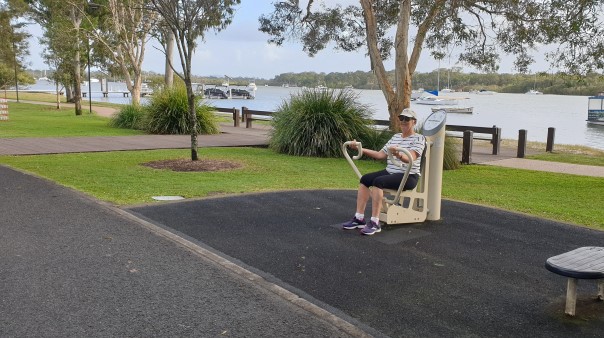
Implementing the Age Friendly Community Framework
Revisiting the eight domains embracing the general approach (Courtesy Queensland Government – Age-friendly Communities, Good Practice Review 2017 also see https://extranet.who.int/agefriendlyworld/age-friendly-cities-framework/):
- Outdoor spaces and buildings — seniors live in an environment that includes open spaces, buildings, shaded areas and walkways that are safe and easy to navigate
- Transport — seniors can get out and about, using a range of affordable, user friendly transport services
- Housing — seniors housing options are affordable, accessible and close to transport and community services
- Social participation — seniors are supported to be active in their community, doing the things they enjoy
- Respect and social inclusion — seniors from all backgrounds are valued and appreciated, and no one is excluded based on race, geography. culture, language, gender, sexuality, ability or socioeconomic status
- Civic participation and employment — seniors participate in employment, training, lifelong learning and volunteering opportunities, and inform government policies
- Communication and information — seniors access information they need in a variety of formats to stay informed and connected with their communities, families and friends
- Community support and health services — seniors are helped to stay healthy, active and independent through community support and health services, including services responding to elder abuse, fraud or exploitation.
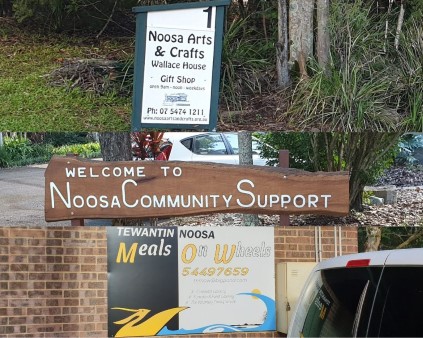
As our towns and cities vary substantially in Australia, it is difficult to be too formulaic and prescribe a “one-size-fits-all” model. What is evident is that effective “aged-friendly” actions rely on activity engaging a number of elements:
- Open communication with the local aged community, that will enable realistic expectations to be set for all concerned.
- State and Regional planning needs to encompass broad “age-friendly”considerations.
- Local Government (Councils) community strategic plans and priorities must be set and transparent.
- Land use and transport planning needs to be thoroughly involved.
With a mix of public and private operations, civic as well as commercial activities considered, it is essential that all elements be brought together at the same planning table. It is evident that no matter how well-meaning some plans may be, without across-the-board cooperation and agreement within communities, success may be limited.
Failure of at least medium-term planning, mismatched resourcing and a lack of coordinated support and actions amongst stakeholders may skew the desired outcomes.
Is it that hard to create an age friendly environment, and why put in the effort?
As with many issues which compete in the busy landscape that is local government planning, it’s a matter of being heard. Often a voice is muffled by considerations that look like a single sector in a community is pushing a selfish agenda which excludes others. Let’s face it, if one group “gets it’s way” others will miss out in a world of competing resource demands. And yes, striking the appropriate balance is always the hard question. Being heard as an older person can be difficult due to some inbuilt ageist attitudes.
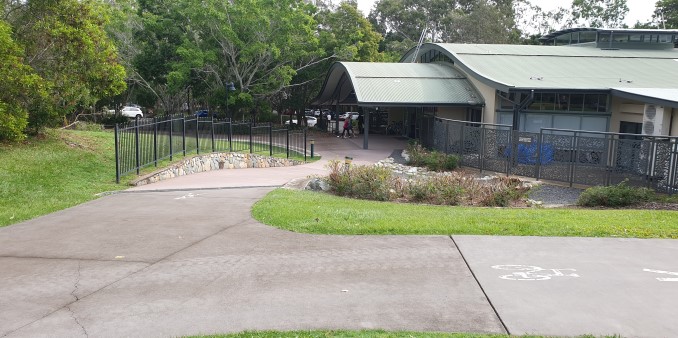
As mentioned earlier, many age-friendly initiatives also serve much broader parts of our communities. Furthermore, the statistics that may drive these actions would suggest that a failure to listen and plan will result in an increasingly larger sector of our communities ultimately becoming isolated; exponential growth appears inevitable. These days, our communities could drown in statistics about age profiles, living circumstances, development growth opportunities etc, etc. These are, however, all fact based and trends are obvious (although never guaranteed), but we are not flying blind.
The conclusion is that, no, it’s not that hard and the effort is worthwhile. The elements of effective planning vs. allowing “the market” to decide, seem a no brainer, because there is much more to the issue than money.
Seems to me that this issue is also about maintaining and fostering an integrated multi-generational society where the benefits of the wisdom of old age meet the vibrancy and energy of youth.
That has to be a good thing!
Further Reading https://extranet.who.int/agefriendlyworld/age-friendly-cities-framework/
https://www.who.int/ageing/age-friendly-world/en/
https://www.who.int/ageing/age-friendly-world/en/
How well does your community score against the World Health Organisation criteria ? Would you add any other items to the checklist to make your ideal age friendly community?
